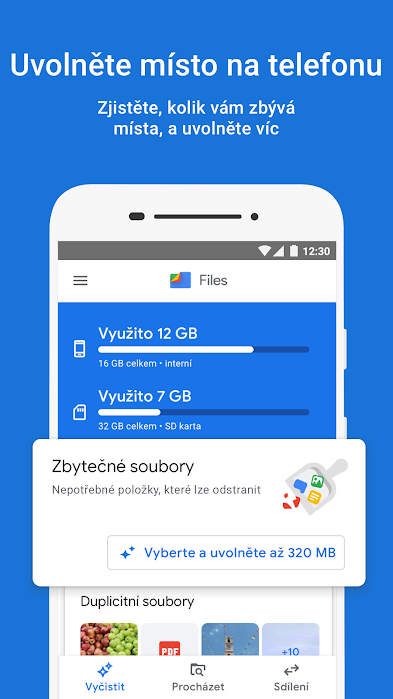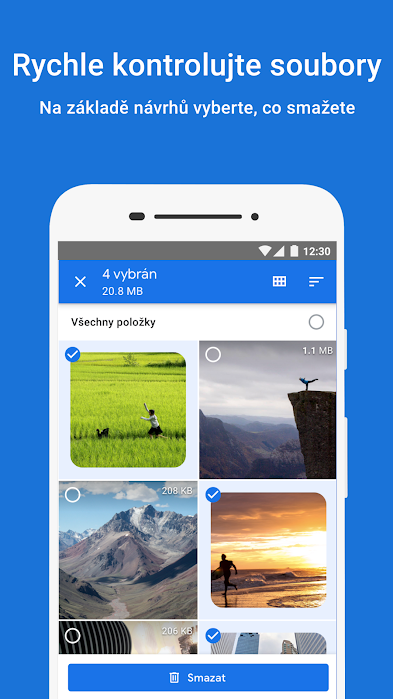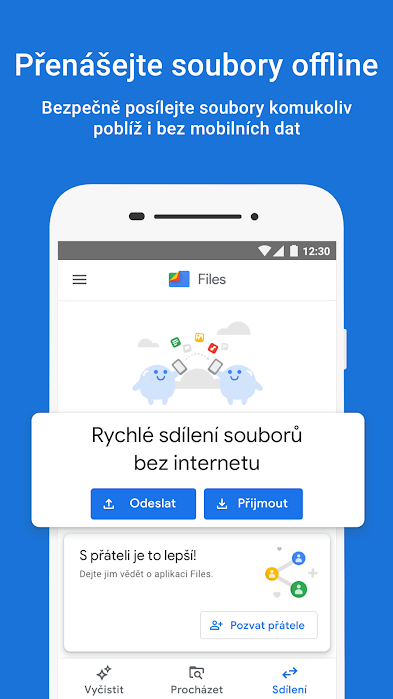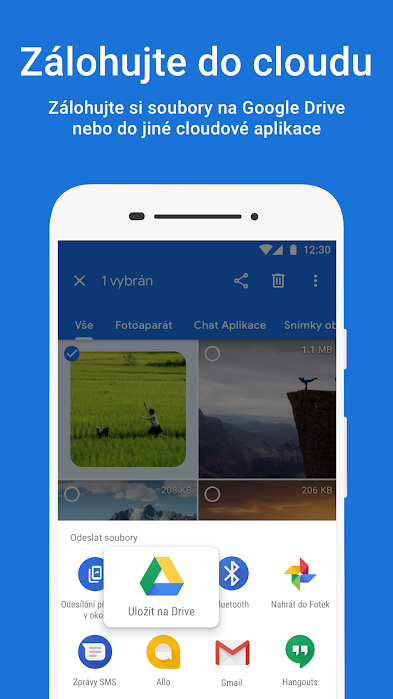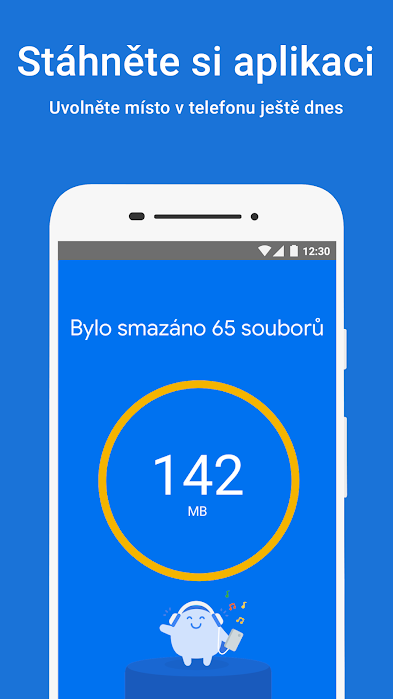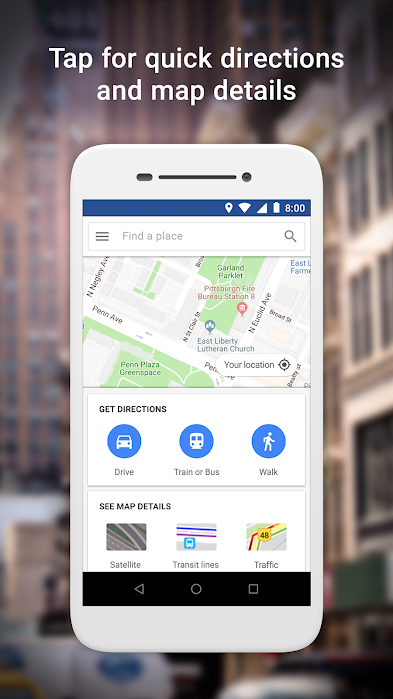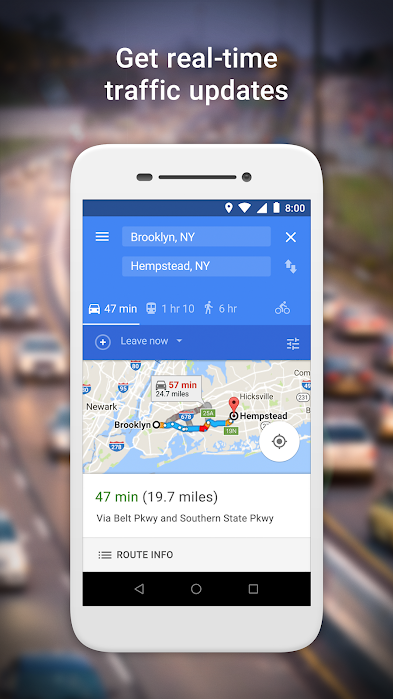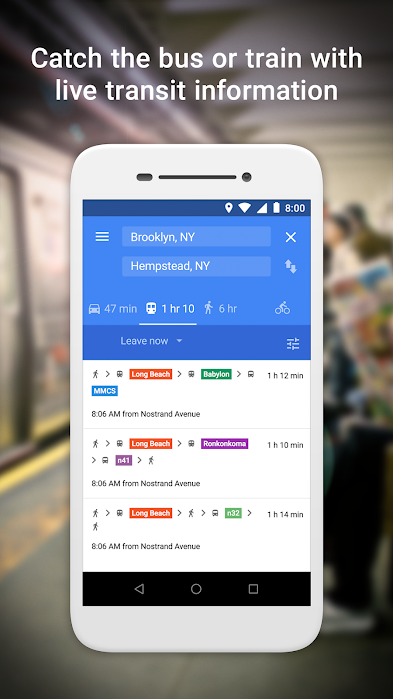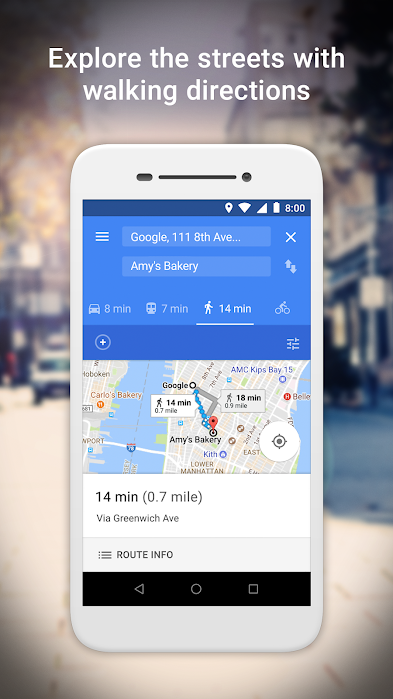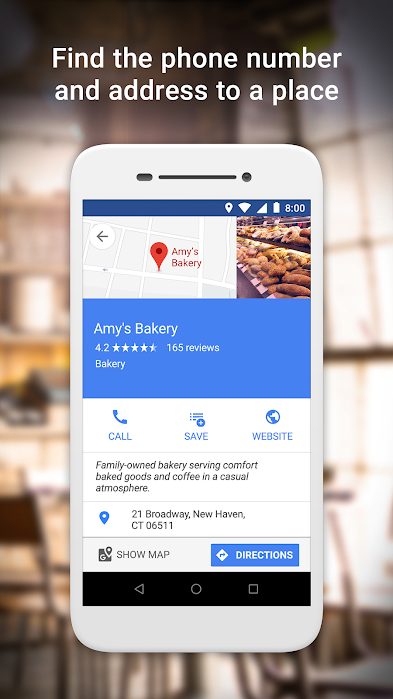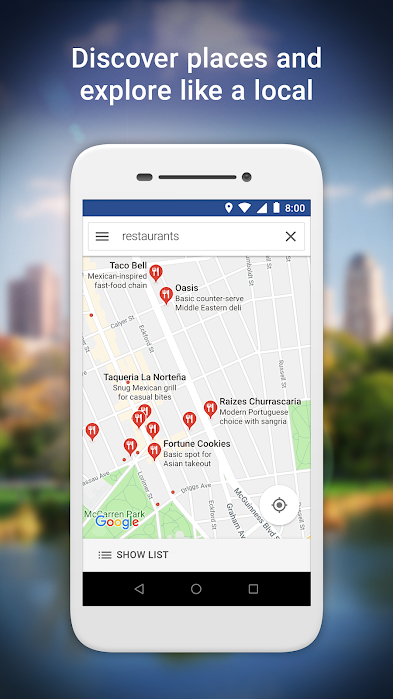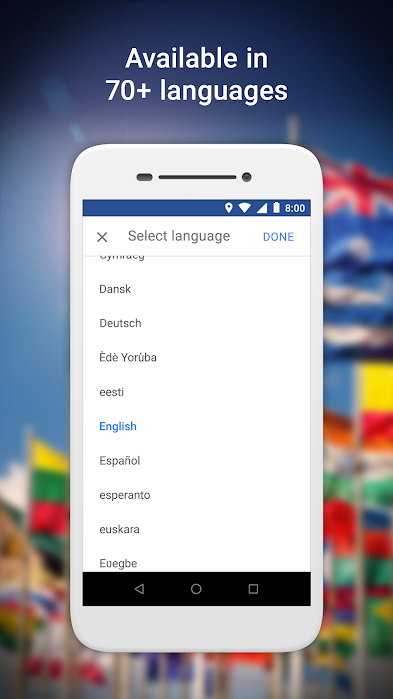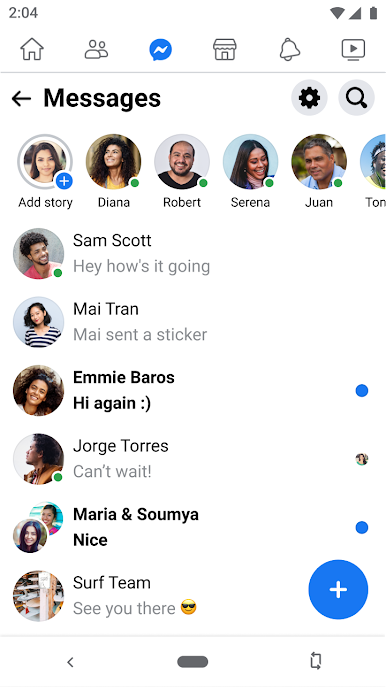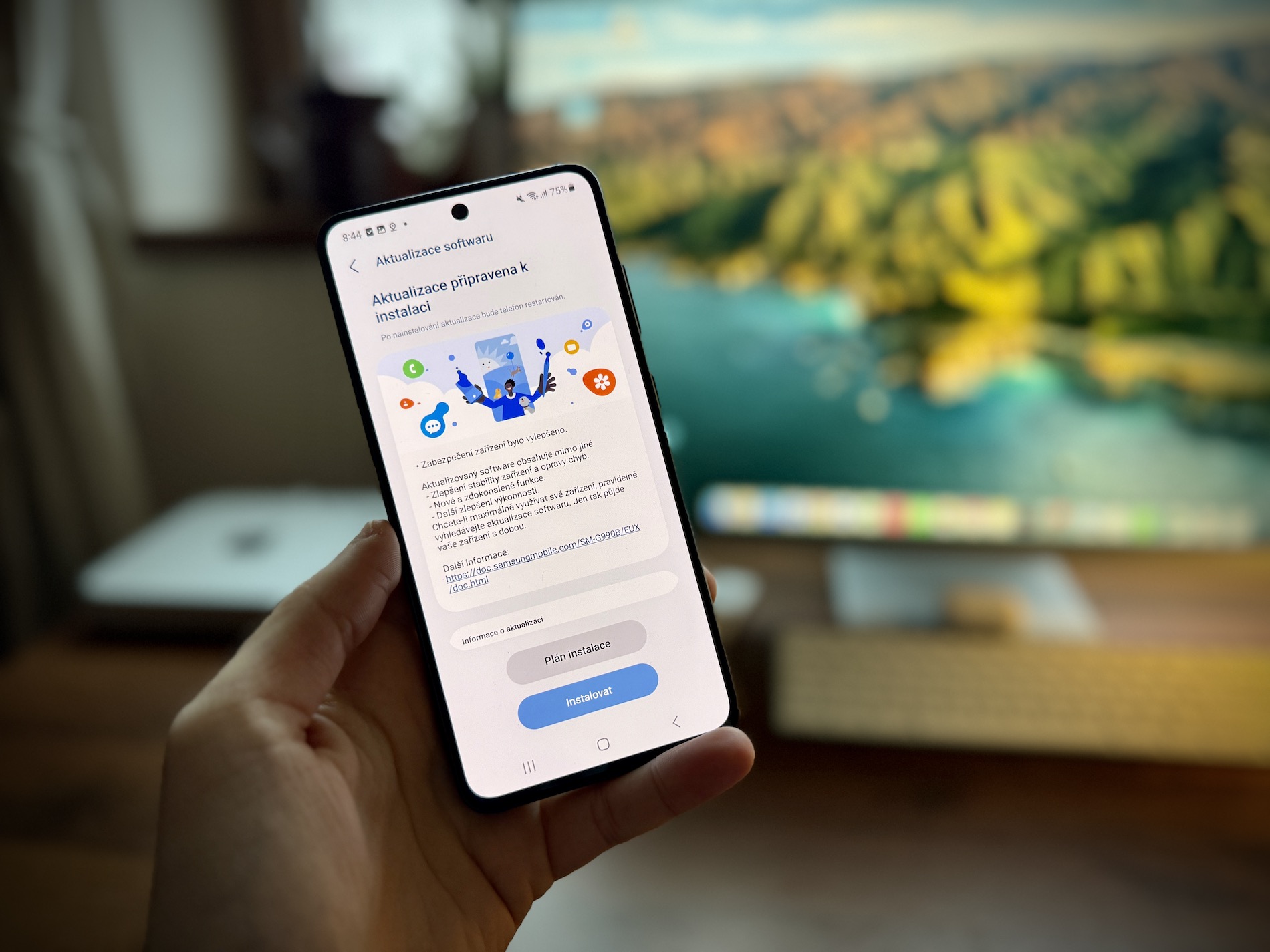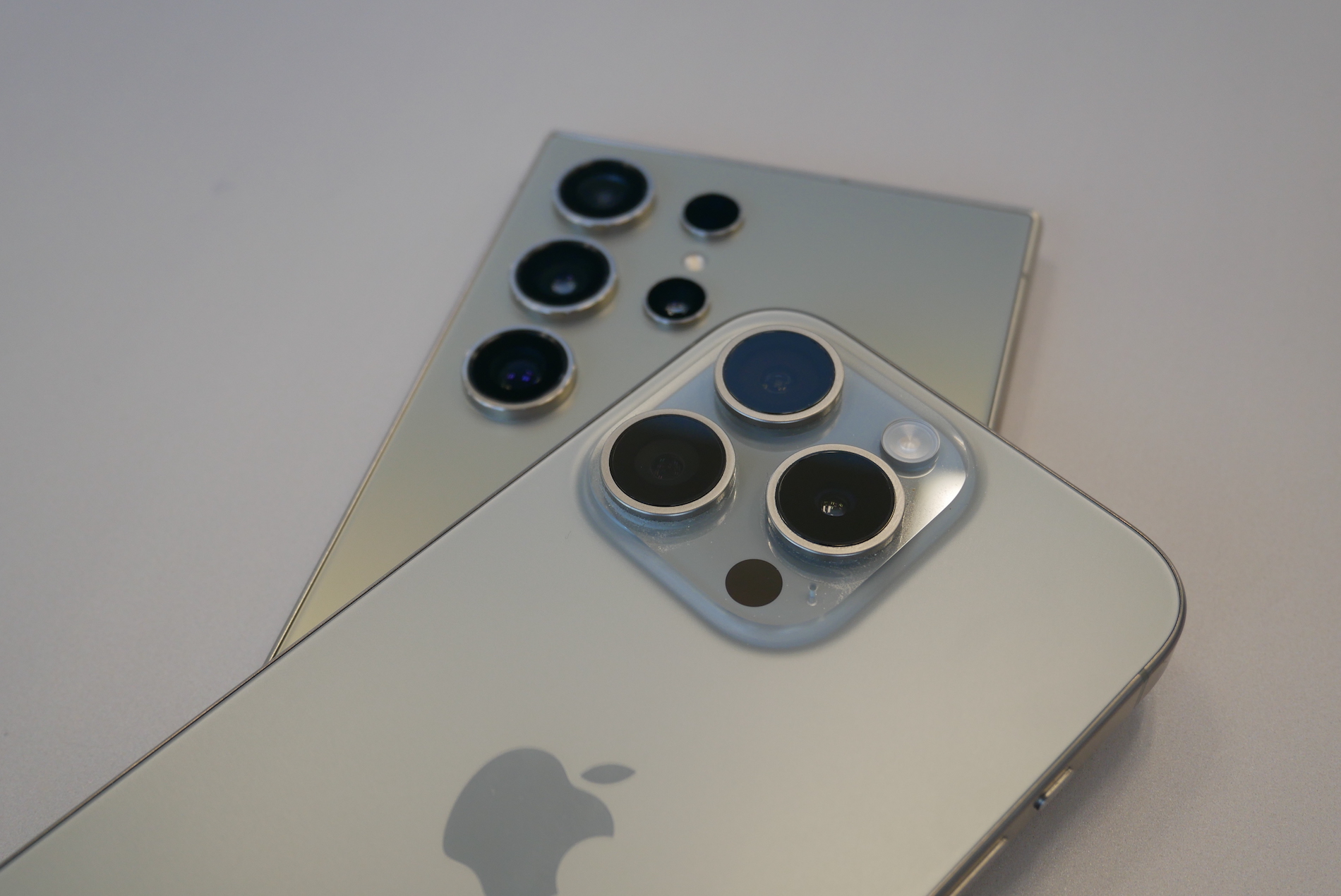Phone with the system Android it won't work as well over time as it did when you first took it out of the box. You will be installing applications, games and saving a lot of files that negatively affect its performance. Fortunately, there are at least these 7 tips to speed up your phone with Androidem which will especially help older devices.
Although these methods will not ensure that your phone will be as fast as one of the latest TOP models, they will significantly improve the performance and smoothness of the system. It's important to note that a performance boost doesn't make your device perform better in benchmarks or suddenly run performance-intensive games smoothly. These tips help increase the overall smoothness of the phone and improve its everyday usability. If you're having trouble playing PUBG or Genshin Impact, this situation probably won't change even after following the steps below.
You could be interested in
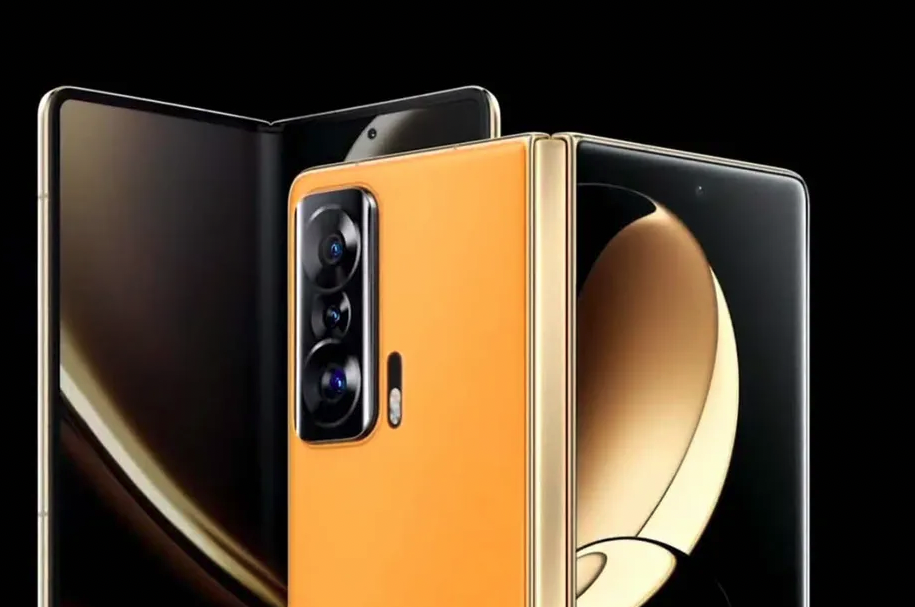
Release the storage
Never fill up your phone's entire available storage as this can greatly affect its performance and slow it down considerably. As a result, basic tasks like opening or installing apps, playing videos, etc. will take longer than usual and the phone will also freeze randomly under such load. Go to Settings -> Storage in the device and check the amount of free space. Alternatively, you can search for "storage" in your device's Settings to find the appropriate option.
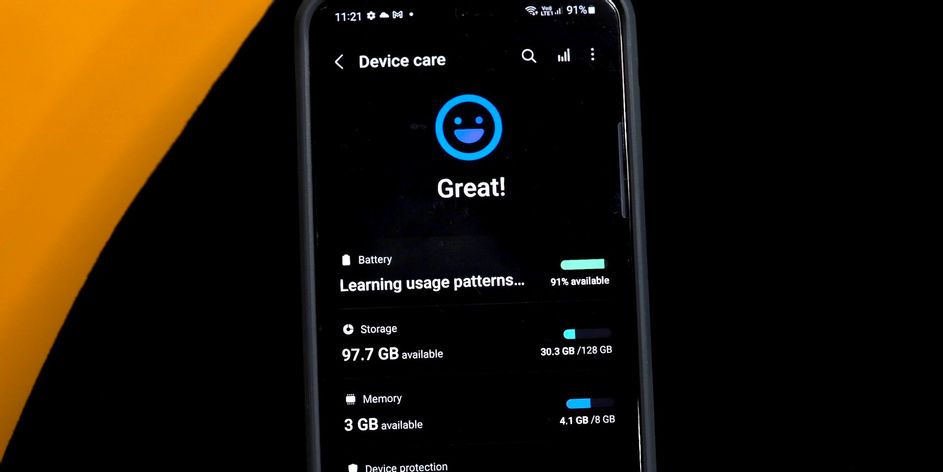
So, avoid using more than 80% of storage capacity, as the phone and the operating system itself need about 5 to 8 GB of free space to function properly. To free up space, you can delete unnecessary files, uninstall unnecessary apps, and delete all photos and videos backed up in the cloud.
Some phones also come with a built-in junk removal tool that frees up many GB of storage space with just a few taps. Samsung device users can go to the menu Settings -> Device care and run the optimization service to quickly free up space. You can also use the app to quickly clean app cache, duplicate images, large files, and unwanted multimedia files Files from Google.
Uninstall unused applications
Uninstalling old and unused applications on the system device Android it will not have a direct effect on its performance, but it will free up the necessary space in the storage important for the ideal operation of the device. Additionally, if you have a lot of apps constantly running in the background, uninstalling them will free up valuable resources and help improve system smoothness. Samsung phones it can even automatically alert you to those apps that drain the battery excessively in the background, and you can then forcefully turn them off or, of course, uninstall them directly.
You could be interested in
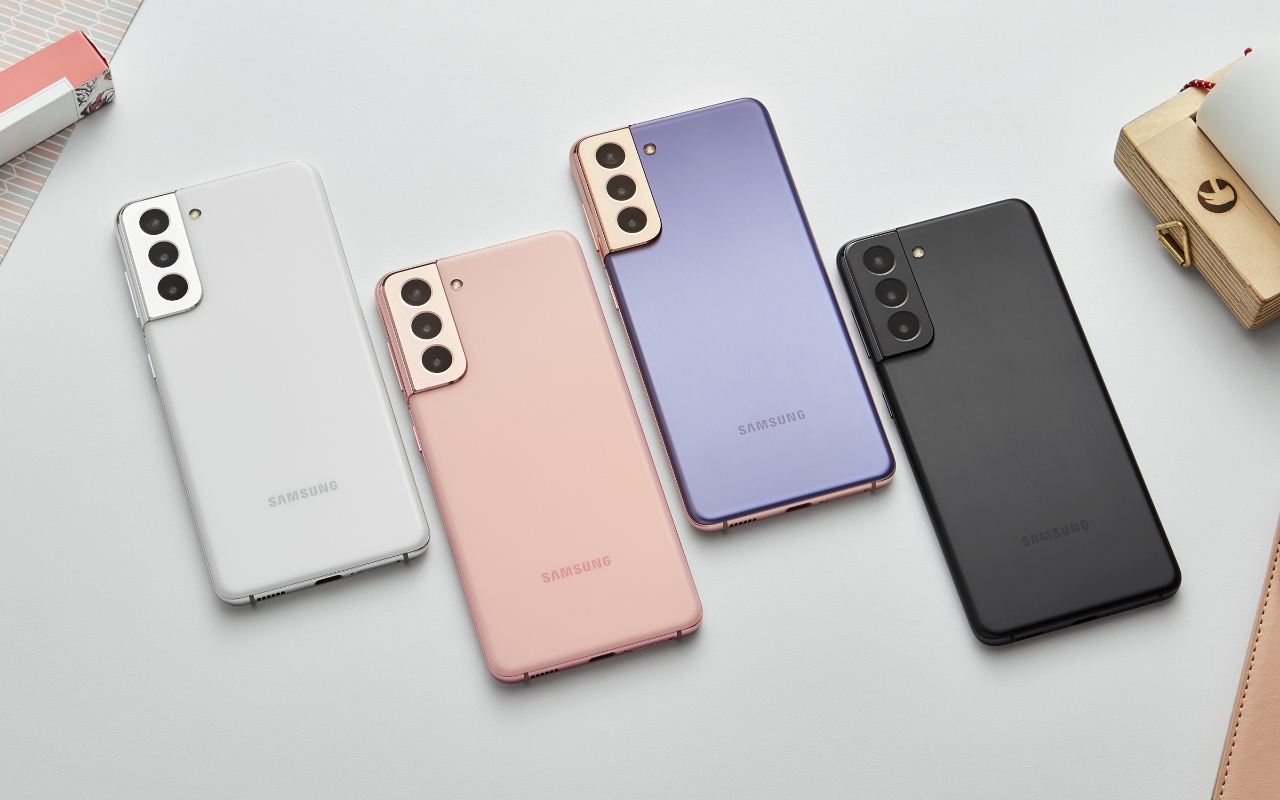
Restart the device
In the days when system memory management itself was Android much worse and the phones came with a limited amount of RAM, experts recommended rebooting them daily to ensure their best performance. Although this is no longer the case, the idea of restarting the device at least once every few days still persists. This is because this step will free up the resources occupied by applications running in the background, thus improving the overall fluidity of the system, especially for low-end or cheap devices with Android, which don't come with a lot of RAM. But on newer and more powerful phones, the improvement won't be as noticeable.
Use Lite or Go apps
Google and several other developers offer Lite or Go versions of their apps designed for older and low-end devices running the system Android with limited RAM. Lite edition apps aren't as resource-hungry as their full-featured counterparts and provide essentially the same experience, even if they lack some features you might not even need.
Google offers Lite editions of several apps, including Google Go, Gallery Go, Assistant Go a Maps Go. You can also find Lite editions of other popular apps on Google Play, including Twitter, Facebook or Messenger. Another advantage of apps in the Lite/Go version is that they take up less storage space. As a more extreme measure in this regard, you can still consider using progressive web applications.
Update to the latest software
You should always make sure you are using the latest software build or security patch available for your phone. Google is constantly optimizing the system with each new version Android, to provide better performance and fluidity. Upgrading to a newer version of the system can also free up system resources on the device, which in turn could help apps load faster and the system itself run better.
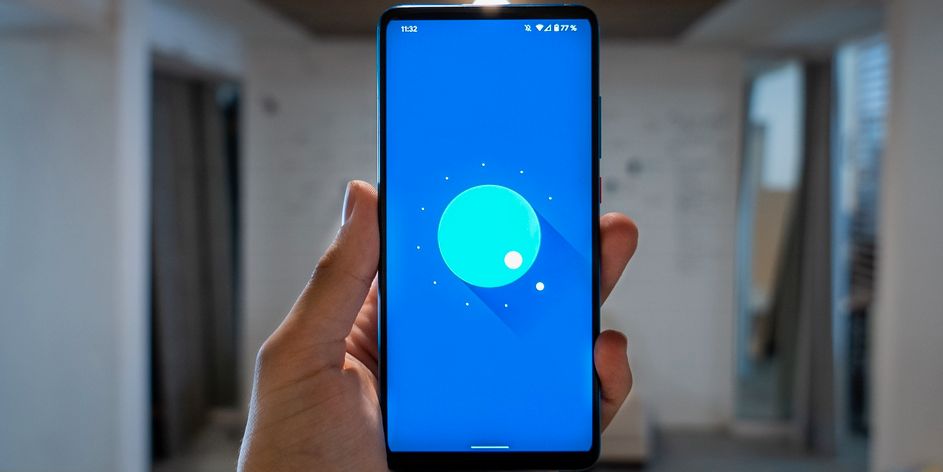
All the major manufacturers have gone since the early days of the system Android a long way and now they tend to release frequent software updates for their phones. The best part is that with almost every update, these manufacturers try to further improve the performance and smoothness of the system based on user feedback. Samsung, in particular, does an excellent job of rolling out monthly security patches and new OS updates to all of its devices in a timely manner.
Changing the system animation speed
Changing the speed of system animations on a system phone Android it won't natively speed it up, but at least it will give the impression that the device is running much faster. Just increase their speed. But in reality, your phone will work just like before. This trick is an excellent choice if you feel like the animations are on your system phone Android particularly slow. So if you prefer speed over fancy animations, you can even turn them off for good (which is very unnatural though).
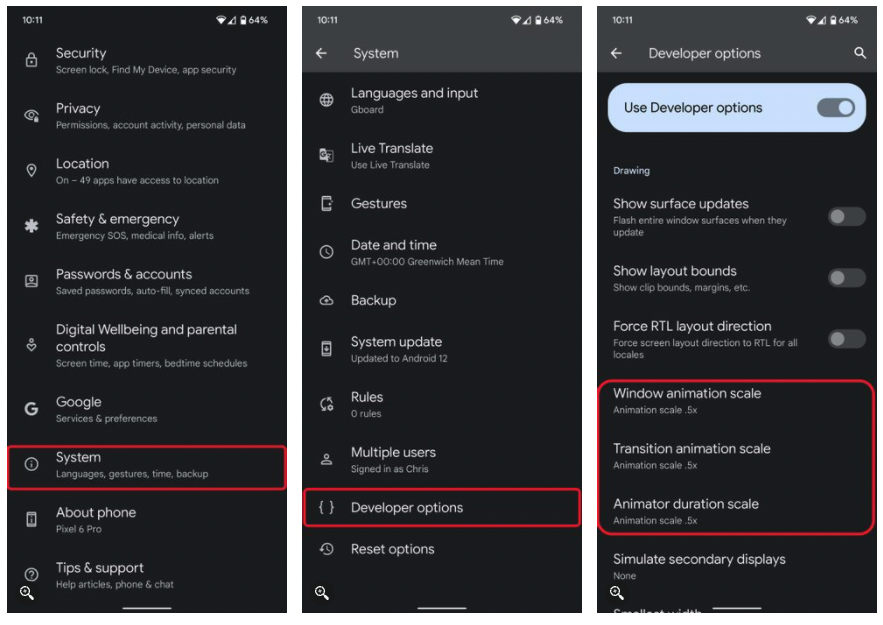
You need to enable developer options for this first, which you do in Settings -> About the phone -> Nobuild number. You can then specify the animation speeds in Settings -> System -> Developer options and scroll down to the section Drawing. Here you will find three different settings that will all default to 1x. Change each to 0,5x and you'll see the result right away (smaller numbers mean faster animations, larger numbers mean slower animations).
Factory reset
If the mentioned tips have not yet brought about a proper acceleration, you can reset the device to factory settings. Of course, it is usually considered the last option. This action basically resets your device and erases all data, so you'll have to start from scratch: set up your phone again, download apps, sign in to your favorite apps and services, and more. It's a lot of work, and the end result might not be that impressive if you have a particularly old device. However, if you do come to this step, be sure to back up all your important data.
Individual procedures and menu texts may differ slightly depending on the operating system you are using and the device itself.
